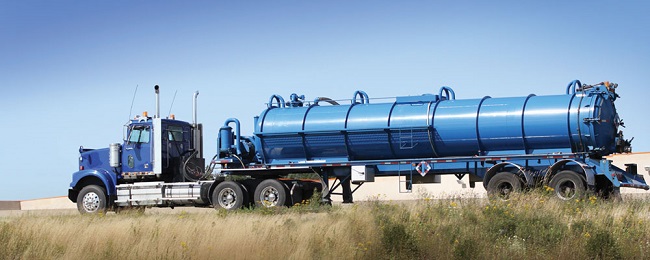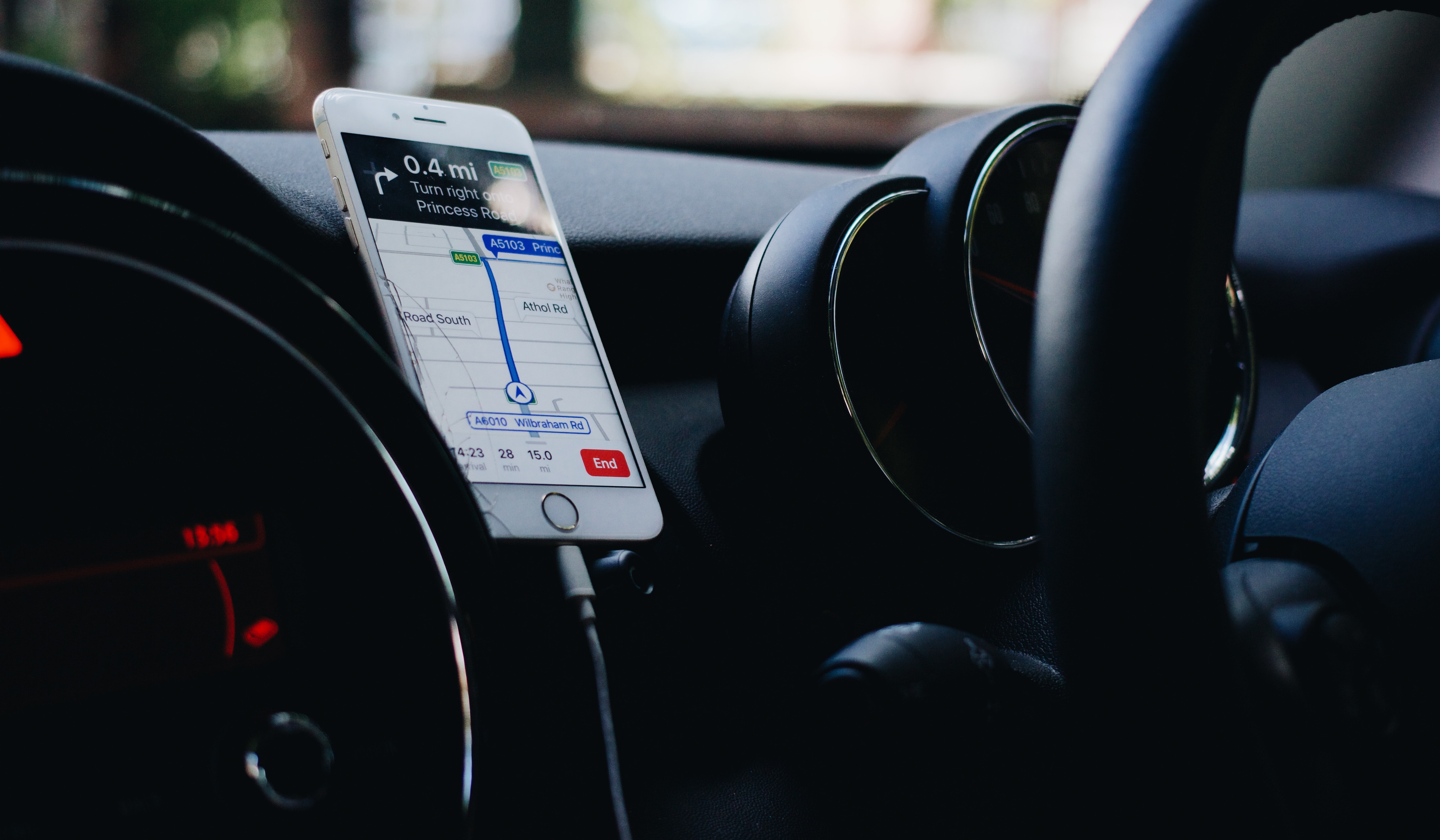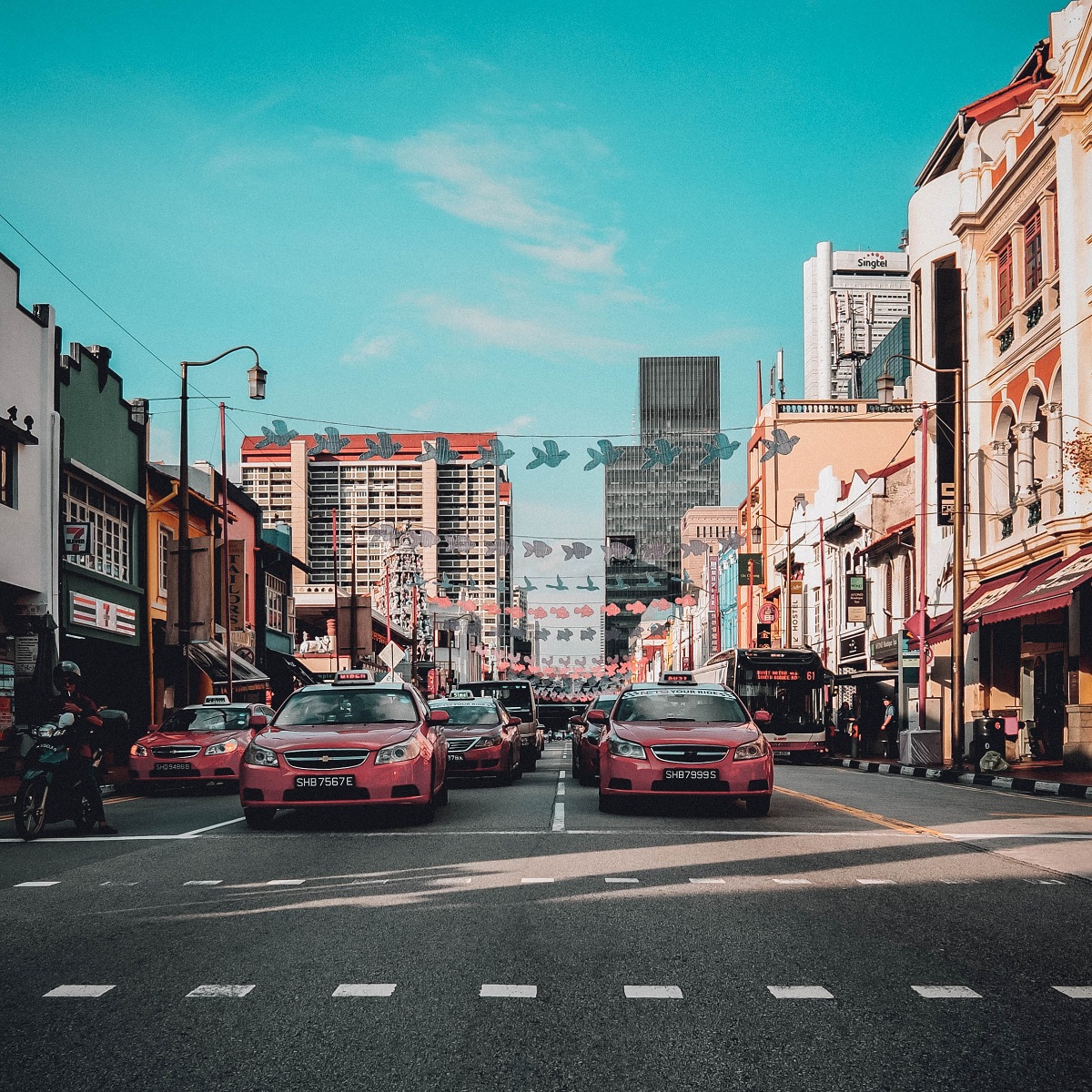On the other hand after the disinfection period is over the water truck once again should be drained. After being drained the tank should be refilled with potable water.
At the end water quality samples should be collected from the tank. The main things that should be checked are: the total coliform bacteria, HPC, and physical parameters (taste, odor, pH, turbidity), IOCs (inorganic contaminants) and VOCs (organic contaminants).
If you keep the water in bleach, keep it without adding scent. If the water is clear then add 1/8 teaspoon of household liquid bleach to 1 gallon of water. You should mix it well and wait 30 minutes or more and after that period of time you can drink it.
Federal And State Requirements For Water Hauling Trucks
Every Truck Hauling Company must fulfill the terms and conditions to take the operating permit. Those terms and conditions are prescribed in Section 8 of the “Drinking Water Protection Act”.
In order for the company to operate must respect the following requirements:
- “Tank truck or vehicles water tanks and associated equipment, which have been approved for potable water delivery, shall be used for no other purpose unless prior written approval has been obtained from the Drinking Water Officer;”
- “The storage tank and all other equipment shall be free from contamination during filling, storage, transportation and delivery;”
- “The water hauled shall maintain an activity log on each vehicle that includes all tank maintenance;”
- “Water in the tank needs to be adequately disinfected to ensure a minimum free chlorine residual of 0.2 mg/l at the point of delivery;”
- “Each water hauling vehicle shall have a copy of the operation and maintenance procedures, which shall include disinfection procedures, fill and back flow prevention procedures;”
- “All tank truck or vehicle water tanks must be clearly labeled “DRINKING WATER” in bold weather-resistant letters; all removable/transferable equipment shall also be labeled “DRINKING WATER” in bold lettering. The Lettering must be permanently affixed to the surface;”
- “When not in use, being cleaned or drained dry, water delivery hoses not stored in a secure hose compartment shall be capped at both ends or as otherwise recommended by the hose manufacturer;”






